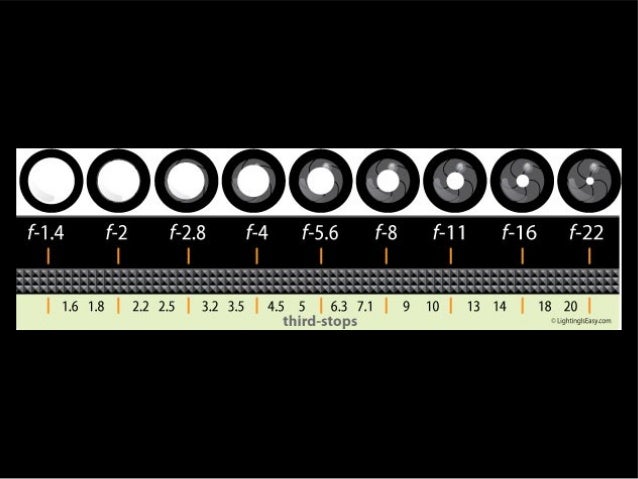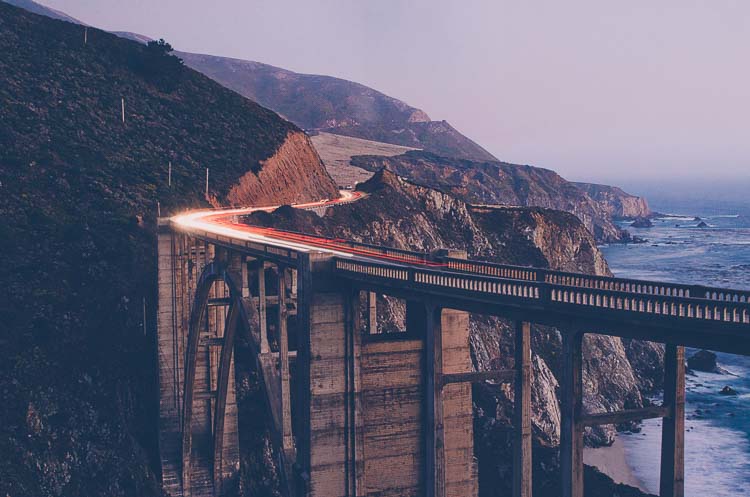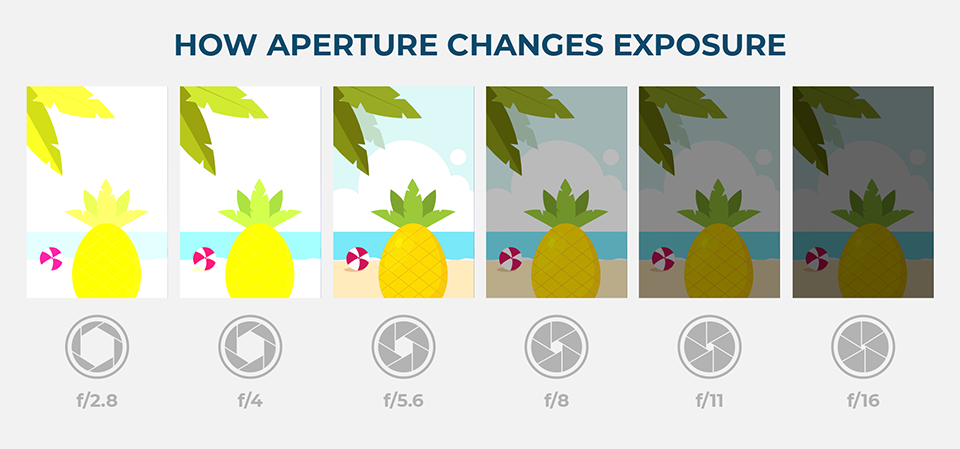

Want to make your subject pop while the background fades beautifully behind? Then use those lower f-stop numbers. Prime lenses are great for low light situations, some can go as low as f/1.2 Bokeh or the beautiful blurry background effectĪ nice side effect of larger apertures (low f-stop numbers) is the creamy bokeh effect. The larger the aperture (from f/2.8 down to f/1.4), the more light your lens will allow in to capture those night scenes. This makes it challenging to shoot in low light situations unless you use a tripod. You’ll notice most kit lens you receive with your camera don’t go past f/4. This is why it’s important to invest in quality glass. The importance of gearĪn important thing to note here is your aperture is entirely dependent on the type of lens you’re using. Is it just before sunset and the light is beginning to fade? Use a larger aperture (smaller numbers like f/2.8 and below). Is it super bright outside? Stick to a smaller aperture (high numbers like f/4 and above). So the next time you’re wondering which aperture to use in any given lighting situation just think the opposite. Have u tried to set the flash to always fire? Not familiar with the camera's you posted but most cameras have a setting where u can set the flash to be on all the time.Aperture diagram (designed by Monica Galvan) The sensor size also affects low-light performance, so try to maximise that as well. In general, I think you should be looking for cameras with larger maximum aperture, not smaller! The larger aperture (smaller f-number) will give better light-gathering capacity and better low-light performance. I think you will get a good response there.

I suggest you post a query in the forum for the camera type you are thinking of buying. I am not familiar with the TG-2, but the behaviour you describe seems very untypical of the cameras I have used.

Thanks for Listening and any comments would be appreciated.

I also love the feel of the G16 but its a tad too big. In closing, I do find the RX-100 menus less intuitive than those of the S120. In photography, the size of the Aperture is expressed in ‘F numbers’, for example: F/1.4, F/2.0, F/2.8, F/4.0, F/5.6, F/8.0, F/11.0, F/16 On the face of it, F numbers seem like quite a random sequence of numbers, but actually represent the diameter of the Aperture as a ratio to the focal length of the lens. The problem is that every time I get close to the purchase I read something else that concerns me. I'm kind of between the original RX-100 (based on cost) and the S120. I just want to be sure I'm making the correct purchasing decision - and I'm thinking maybe I should have a camera with a slightly more closed maximum aperture than F1.8 or F2.0. I have read that the RX-100 (not M2) does this to some degree. My concern is that some of these high end point and shoot cameras may exhibit a similar characteristic (maybe to a lesser degree) to what my TG-2 does with its F2.0 lens. (by the way, it takes almost excellent PIC's outdoors). The result is a less than sharp picture under the shooting conditions I have described. It has an F2.0 lens and (kind of aperture priority but no shutter priority) and in auto mode it almost always selects no flash, F2.0, and a very slow shutter speed - maybe 1/8 or so. I have attempted to use an Olympus TG-2 (I know its not in this category) and have been very unhappy with indoor results. Now I'm just an enthusiast that likes good quality PIC's and I take a lot of PIC's in restaurant and home lighting of people, pets, etc.
#Small aperture vs big aperture portrait manual#
I get it about the bigger sensors and low light and also understand I could set a shutter speed of say 1/60 in manual to help insure that my low light indoor PIC is sharp. Specifically, that such cameras indoors in low light in Auto may select large apertures and no flash (instead of a smaller aperture and flash). I'm in the market for this category camera but I'm getting concerned about their large apertures (even with high tech sensors).


 0 kommentar(er)
0 kommentar(er)
